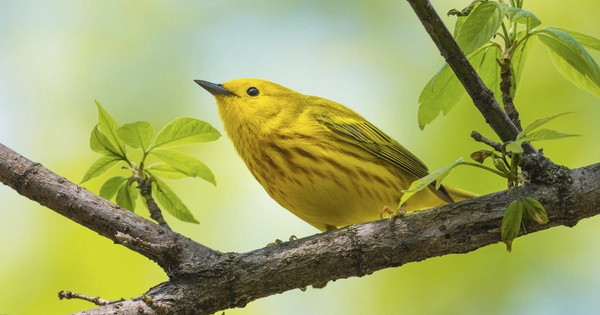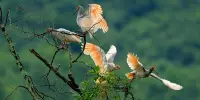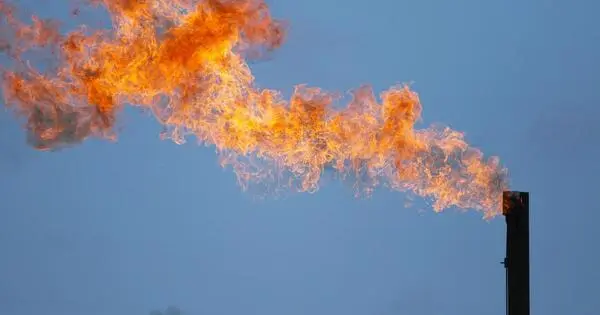Climate change affects birds both directly and indirectly, according to bird research. Bird distributions are closely related to both winter and summer temperatures, and rising temperatures due to climate change may have a direct impact on birds by forcing them to expend more energy for thermoregulation. This can disrupt their maintenance (the energy required by organisms to maintain their basal levels of activity and condition), reproduction, breeding, and migration timing, as well as reduce survival or fitness. Birds may respond to these costs by relocating to areas with better thermal conditions over time, but habitat and other resources may be insufficient or unsuitable for their needs.
A study looked into whether climate change affects the color of the blue titmouse’s plumage (Cyanistes caeruleus). The research, which was carried out over a 15-year period (2005-2019) by scientists from the UPV/EHU and the Centre d’Ecologie Fonctionnelle et Évolutive in Montpellier (CEFE-CNRS), focused on two populations of blue tits in southern France, one on the outskirts of Montpellier and the other in the northwest of the island of Corsica.
Each year between 2005 and 2019, all breeding blue tits in each population were captured. As a result, researchers from the two institutions were able to gather more than 5,800 observations on the colouring and other characteristics of the blue tits.
Our work suggests that environmental changes, and specifically climate change, could be the main reason why birds such as the blue tit are undergoing a change in their physical features, more specifically in the brightness and intensity of their colouration.
David López-Idiáquez
Because many bird species are sensitive to temperature changes, they can serve as early warning signs of a changing climate. According to new research, several bird species have already changed their behavior in response to the hotter and drier weather predicted by climate change models. These reactions differ depending on the length of the extreme weather and the characteristics of the bird species.
The blue tit is distinguished by its striking coloration, which includes a blue crest and a yellow breast. The study’s findings show a decrease in both blue and yellow coloration populations between 2005 and 2019. In other words, the blue crests and yellow breasts of blue tits in these two populations are on average less colourful right now than when the research began.
“Our work suggests that environmental changes, and specifically climate change, could be the main reason why birds such as the blue tit are undergoing a change in their physical features, more specifically in the brightness and intensity of their colouration,” said David López-Idiáquez, researcher in the UPV/EHU’s Department of Plant Biology and Ecology.
“A negative trend in terms of brightness and intensity of plumage colouration in both sexes and populations has been observed, although in Corsica this change is more associated with climate,” explained López.” The change in plumage colour seems to be the result of a combination of a rise in temperature (1.23ºC) and a fall in rainfall (0.64 mm), so climate change would be the potential cause of this difference,” he said.

Change in species mating patterns
It may appear to be a purely cosmetic change, but the opposite is true, as the change in plumage may have an effect on the species’ “mating patterns.” “In these birds, traits like coloration serve as signals to other individuals about the quality of the specimen, which is important, for example, when it comes to breeding,” David López explained.
“This study was made possible by the continuous monitoring of the two blue tit populations for more than 15 years,” he said. “This study emphasizes the importance of long-term studies to understand the effects of climate change on the ecosystems around us.”
When there is a variation in the territory, animal populations have 4 options: the first is to undergo genetic change; the second is to undergo plastic change (change in physical characteristics without genetic changes); the third is to migrate; and the last, to disappear. “It is important to stress that this change is not genetic but plastic, one of the ways of adapting to new environmental conditions,” he pointed out.
Change in our environment
“Given that our environments are quite similar, albeit less hot,” David speculated, “our birds may be undergoing the same change. In any case, there are only four studies of this type in the world, and none have been conducted in the Basque Country; I think it would be very interesting to conduct more research like this not only on a Basque level, but also on a national level,” he added.
















